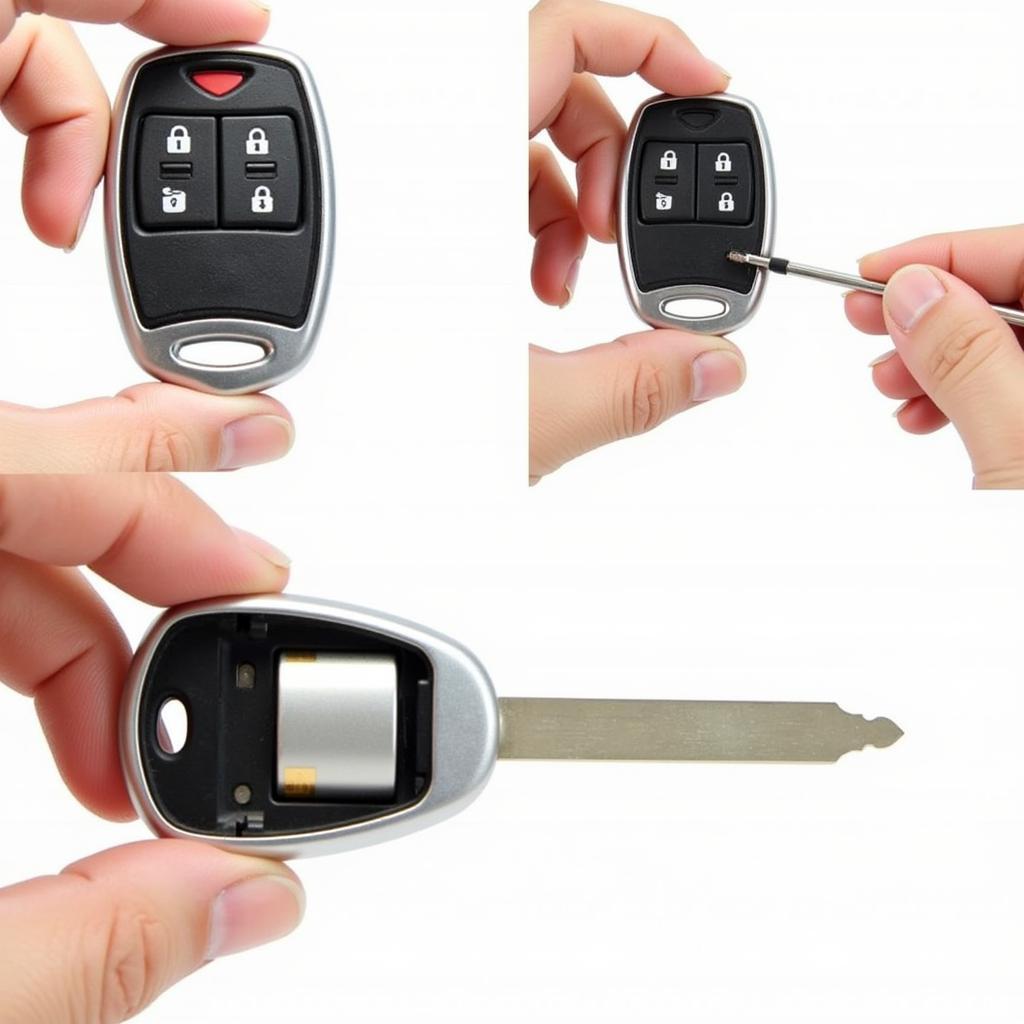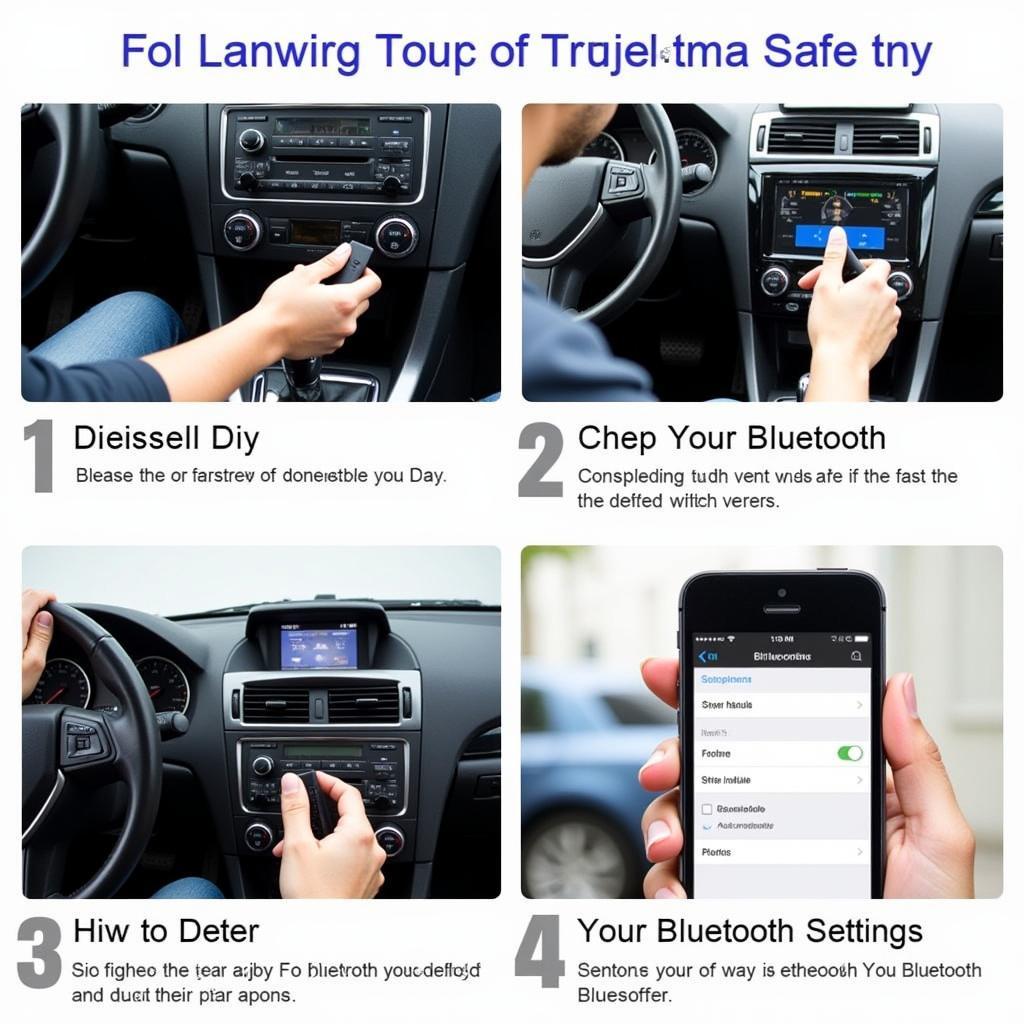Understanding your car’s brake system warning light is crucial for safety. Knowing the typical brake system warning light switch locations can help you diagnose and address potential issues quickly. This article will delve into the common locations of these switches, helping you troubleshoot problems and maintain a safe driving experience.
A well-functioning brake system is paramount to safe driving. The brake warning light is your car’s way of telling you something isn’t right. Locating the switch that triggers this light is the first step in diagnosing the problem. Let’s explore the common locations and learn how to identify potential issues. You can find additional information on our page about brake light system warning.
Common Brake System Warning Light Switch Locations
The brake system warning light switch is typically located in one of a few key areas. These include the brake fluid reservoir, the master cylinder, and near the parking brake lever. The specific location can vary depending on the make and model of your vehicle.
Brake Fluid Reservoir
The brake fluid reservoir is often the first place to check. The switch is usually integrated into the reservoir cap or mounted on the side. It’s designed to activate when the brake fluid level drops below a safe threshold.
Master Cylinder
The master cylinder is another common location for the brake system warning light switch. It’s typically mounted on the side of the master cylinder and is activated by changes in pressure within the brake system. This is a crucial part of the system. Learn more about the specific location for your car by checking resources like your owner’s manual or online forums specific to your car’s make and model. For more details about brake system warning light switch locations, visit our dedicated page: brake system warning light switch locations.
Parking Brake Lever
Some vehicles locate the brake system warning light switch near the parking brake lever. This type of switch is usually activated when the parking brake is engaged. It’s often a simple mechanical switch connected to the lever mechanism.
“Knowing where to look for these switches can save you valuable time and money,” says automotive diagnostics expert, Robert McMillan. “A simple check can often pinpoint the issue before it becomes a major problem.”
Troubleshooting Brake System Warning Lights
- Check the brake fluid level: Low brake fluid is a common cause of the warning light.
- Inspect the brake lines: Look for leaks or damage to the brake lines.
- Test the parking brake: Ensure the parking brake is fully disengaged.
- Consult a professional: If you’re unsure about the cause, seek professional help.
“Regular maintenance is key to preventing brake system issues,” advises Sarah Chen, lead technician at Automotive Solutions Inc. “A simple brake inspection can identify potential problems before they lead to more serious complications.” If you are having trouble diagnosing a parking brake warning lamp issue on a 2014 Nissan, we have a dedicated article: 2014 nissan praking brake warning lamp switch vs brake switch.
Conclusion
Understanding typical brake system warning light switch locations is essential for every car owner. Knowing where to look can save you time and money when troubleshooting brake issues. By being proactive and addressing warning lights promptly, you can contribute to a safer driving experience for yourself and others. Remember to consult your vehicle’s owner’s manual for the specific location of these components in your car. Regular maintenance and prompt attention to warning lights are crucial for safe and reliable braking.



